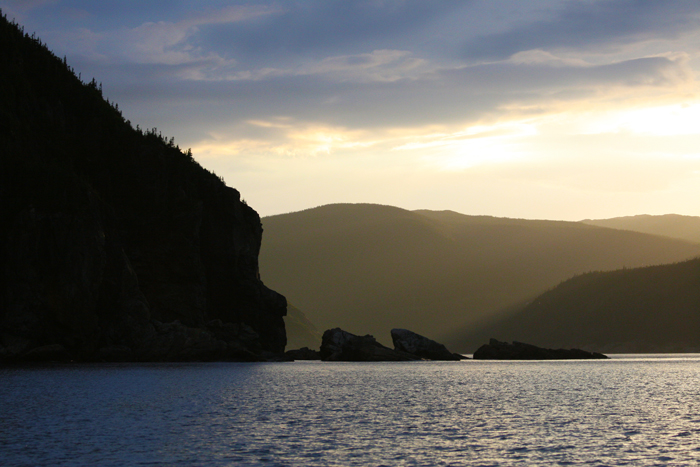 Nowadays you hear phrases like global warming, greenhouse gases and climate change being thrown around by scientists, environmentalists and politicians. These phrases are abstract sounding, can be difficult to fully grasp, and can be easy to ignore. But climate change is a real problem, even if the average person doesn’t totally understand what it means.
Nowadays you hear phrases like global warming, greenhouse gases and climate change being thrown around by scientists, environmentalists and politicians. These phrases are abstract sounding, can be difficult to fully grasp, and can be easy to ignore. But climate change is a real problem, even if the average person doesn’t totally understand what it means.
Here’s why:
The planet that supports us has a delicate balance that keeps us alive. It creates oxygen, water, and all of the other substances and elements that humans require to thrive. It does this best without our interference.
Climate refers to the average weather conditions in a certain place over many years. The average climate around the world is called global climate. Different areas of the world have different climate conditions, and when we tamper with this, we throw off the balance of the planet, and make it a less optimal place for humans and other species to exist.
Every day, humans create carbon emissions by burning fossil fuels like oil, natural gas, and diesel to make and drive our vehicles, heat or cool our homes, operate businesses, make things like plastic, etc. Almost everything we do nowadays uses fossil fuels, and the emissions have to go somewhere: into the air. Plants and trees absorb these emissions and clean our air. The earth actually creates greenhouse gasses naturally from erupting volcanoes, decaying trees, water vapour etc. and it has this natural system of dealing with it.
The problem is, we have reached a critical point where we create more emissions than the planet can absorb. This is a big issue because our emissions are causing a warming of the earth, which affects the climate and causes stronger hurricanes, floods, droughts, melting glaciers, loss of wildlife habitats and even earthquakes. Increasing the planet’s temperature also causes health problems due to an excess of heat, and more air pollution.
This is happening for a couple of reasons. First, there are a lot of us. Our global population is teetering on 7 billion, and rising faster than it ever has before. More people = more pollution. Another reason we see so much carbon emission entering the atmosphere is because many of us, especially those of us in first-world countries, waste more than we should. We do this because we can, and because there seem to be no repercussions.
Lowering our carbon footprint means living a lifestyle that creates less carbon emissions. We can achieve this by driving our vehicles less, heating or cooling our homes and cars less, and using products that haven’t traveled a great distance, or are wrapped in environmentally-friendly packaging instead of plastic.
Each human being on this planet can safely create about 2 tonnes of carbon emissions a year without wreaking havoc on the planet. The problem is, no one knows what that looks like. Currently, it’s very difficult to find a gauge for pollution. In future posts, I’m going to attempt to create a couple of scenarios that depict a sustainable lifestyle that’s measurable. I’m going to use myself as a test case!
Without actual numbers, changing our habits is extremely difficult, and feels completely futile, so I want to find a kind of measurement tool that people can use to calculate how much they pollute.
Stay tuned!
I think I would find it rather frightening if I actually calculated the amount of pollution I create in a year especially since I fly so much. It seems to me that somewhere within the equation one needs to consider not only how much is created but also how much is averted – for example, if I plant a tree does that mean I can offset in the equation some of the pollution I create? It really gets complex doesn’t it?
But if we never let ourselves be scared, how will we change? You can offset your flying with carbon credits. Plus, think of your reasons for flying, to help generate healthy lifestyles worldwide. That’s a good cause already.